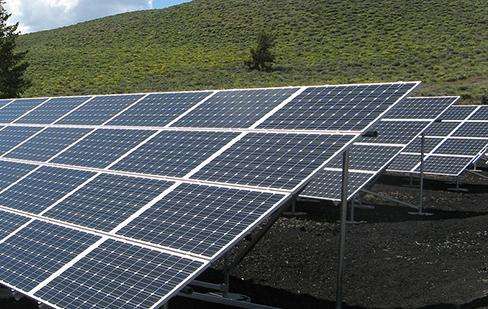Weather is one of the most important factors in wind energy projects, as wind is key to electricity generation. Here are some steps for assessing the weather risks of a wind energy project and developing a financial risk management strategy:
1. Study wind speed data. A comprehensive analysis of wind speed data should be performed, including analysis of historical data as well as model predictions. Understand the impact of different weather phenomena on your data, such as seasonality or topography.
2. Study market demand. Understand what the market demand is for wind power generation and predict future market trends. This makes it possible to assess the risks and impacts of future wind energy production.
3. Develop alternative plans. Develop alternative plans to deal with situationsunexpected ions. For example, measures such as emergency wind turbines, energy storage equipment, emergency power supplies and grid connections should be developed to cope with abnormally high or low wind speeds.
4. Define available risk management tools. Develop appropriate risk management tools for risks including insurance, futures, options and weather derivatives. For example, weather derivatives can help wind companies mitigate financial losses in the event of unexpected events.
5. Manage and monitor risks. Monitoring and risk management of all relevant aspects, including real-time monitoring of wind speed, market conditions, evaluation of alternatives and risk management tools, etc.
In summary, for wind projects, it is important to identifyand manage weather-related risks. Only by fully mastering relevant data, formulating reasonable alternative plans and appropriate risk management tools can the long-term success and healthy development of the project be ensured.














